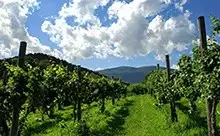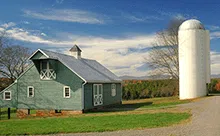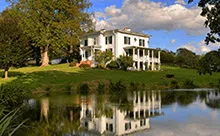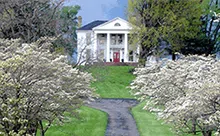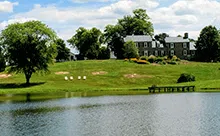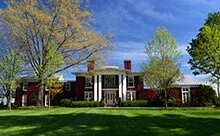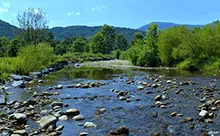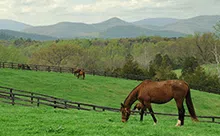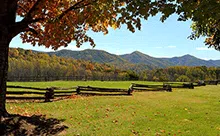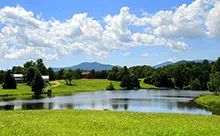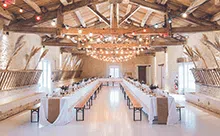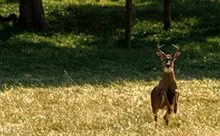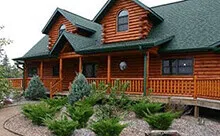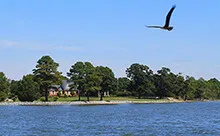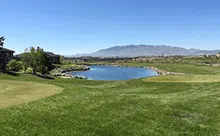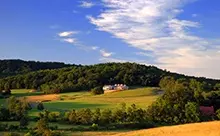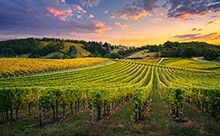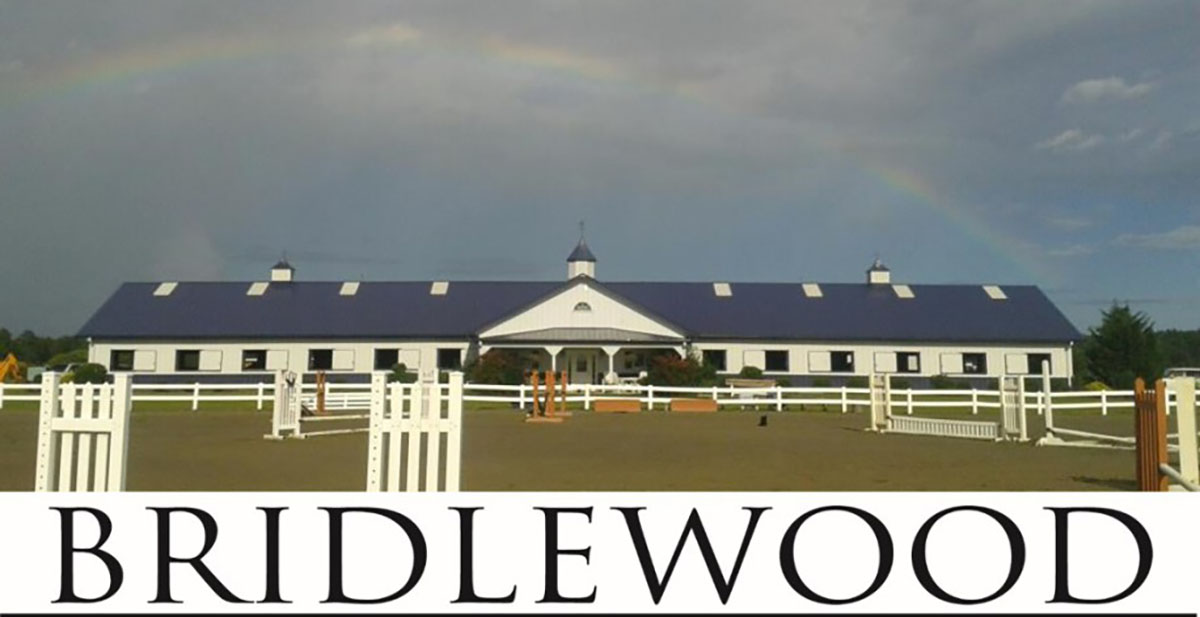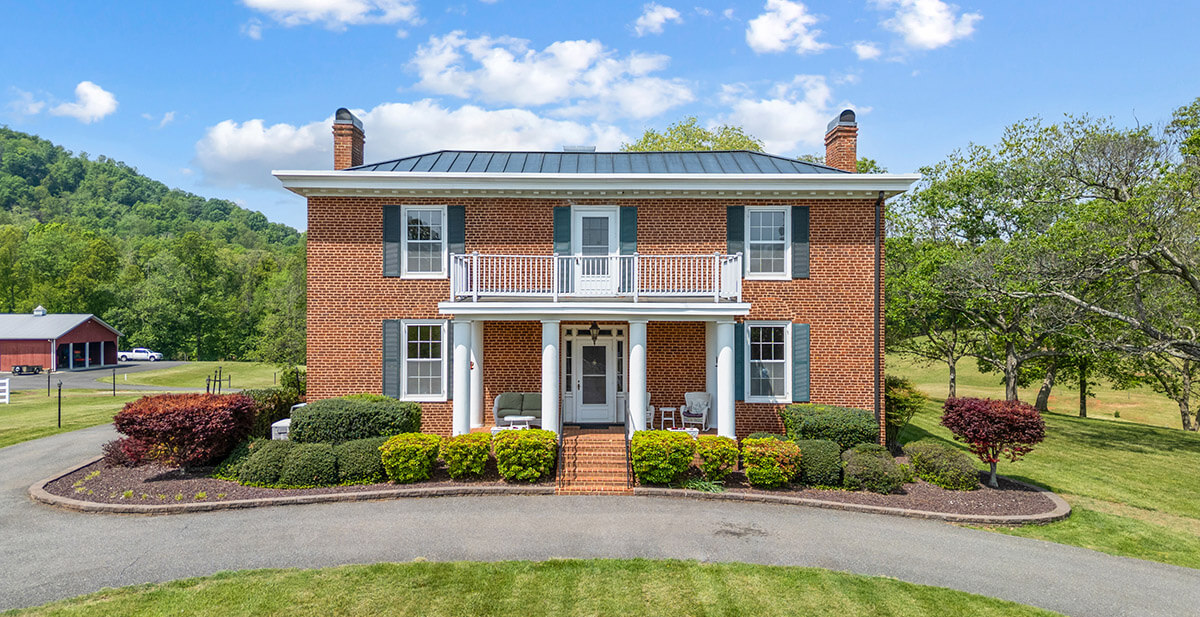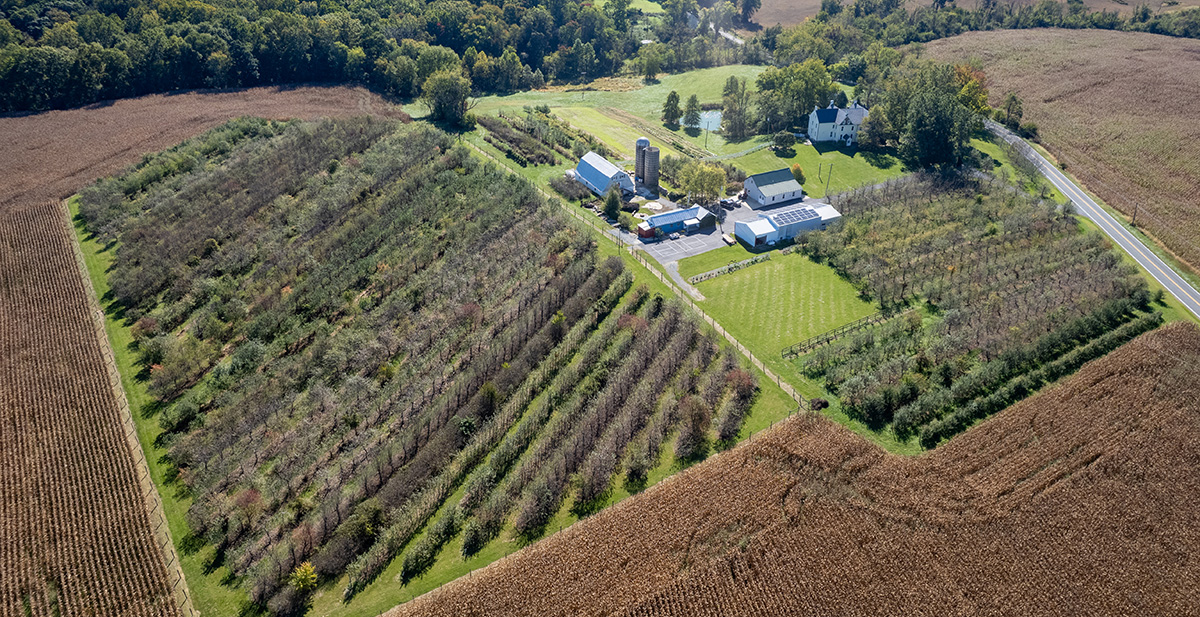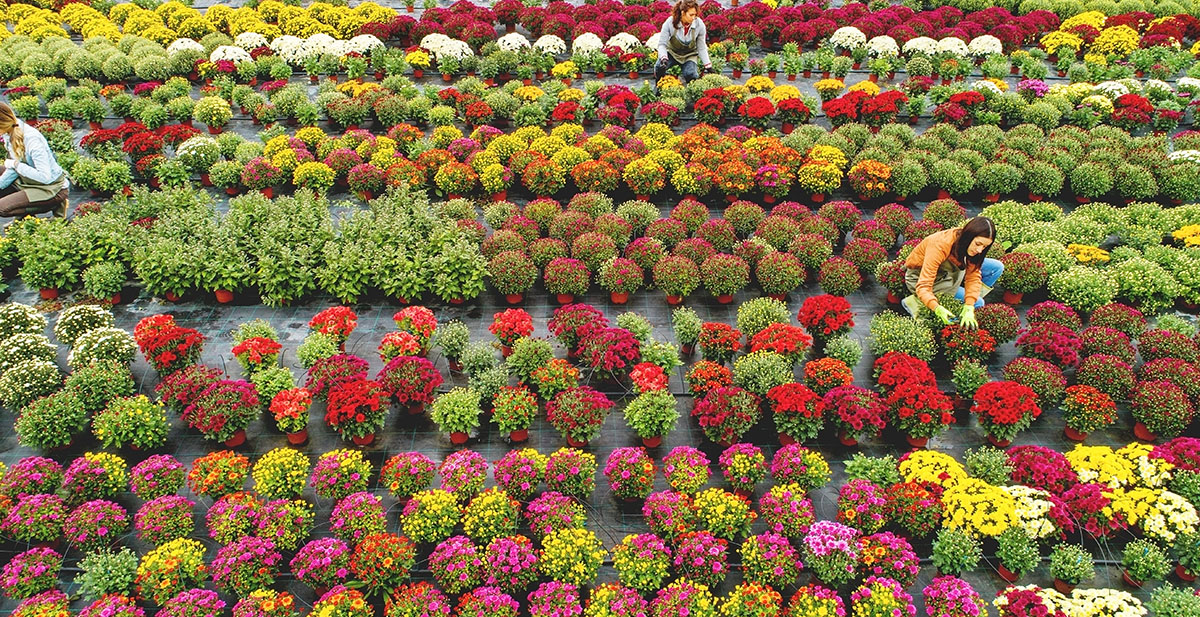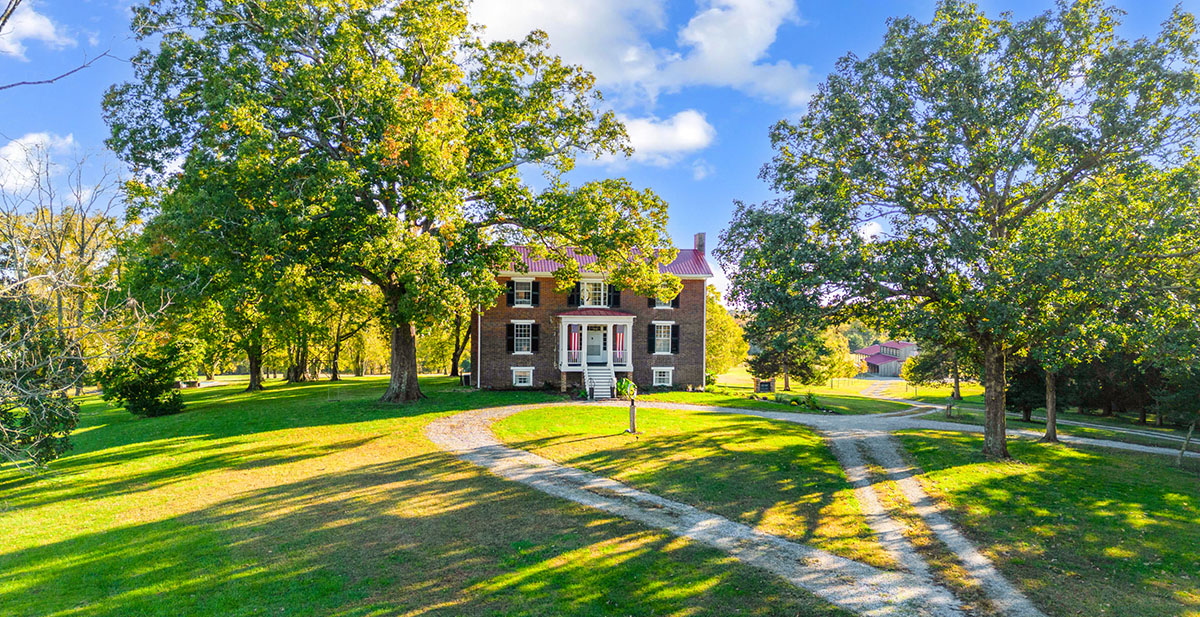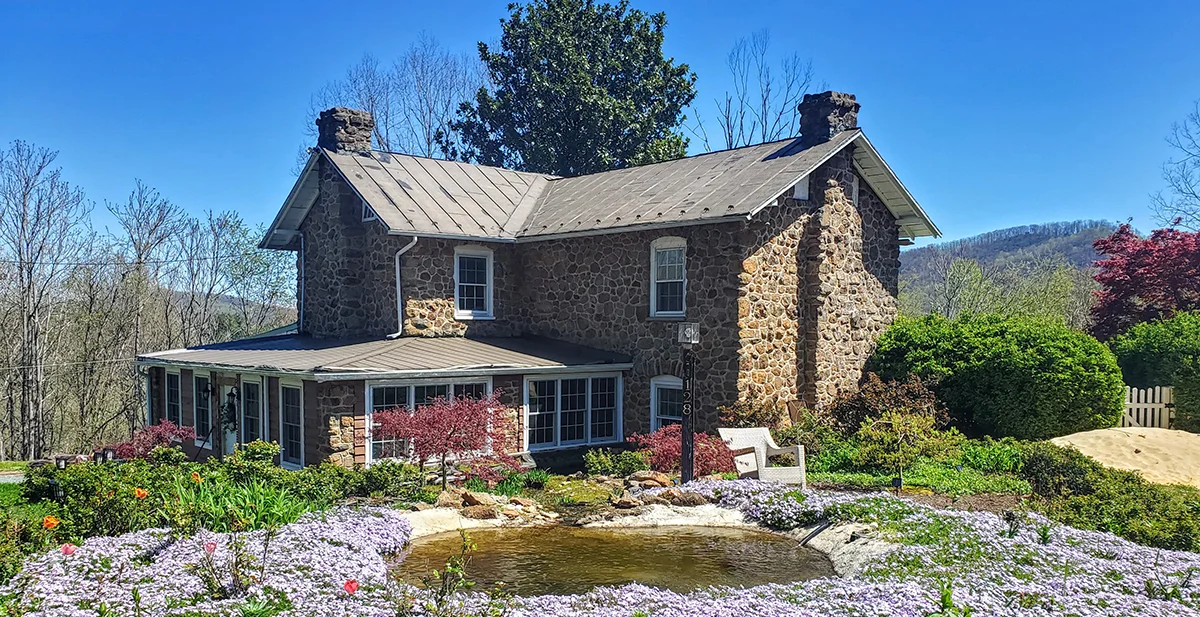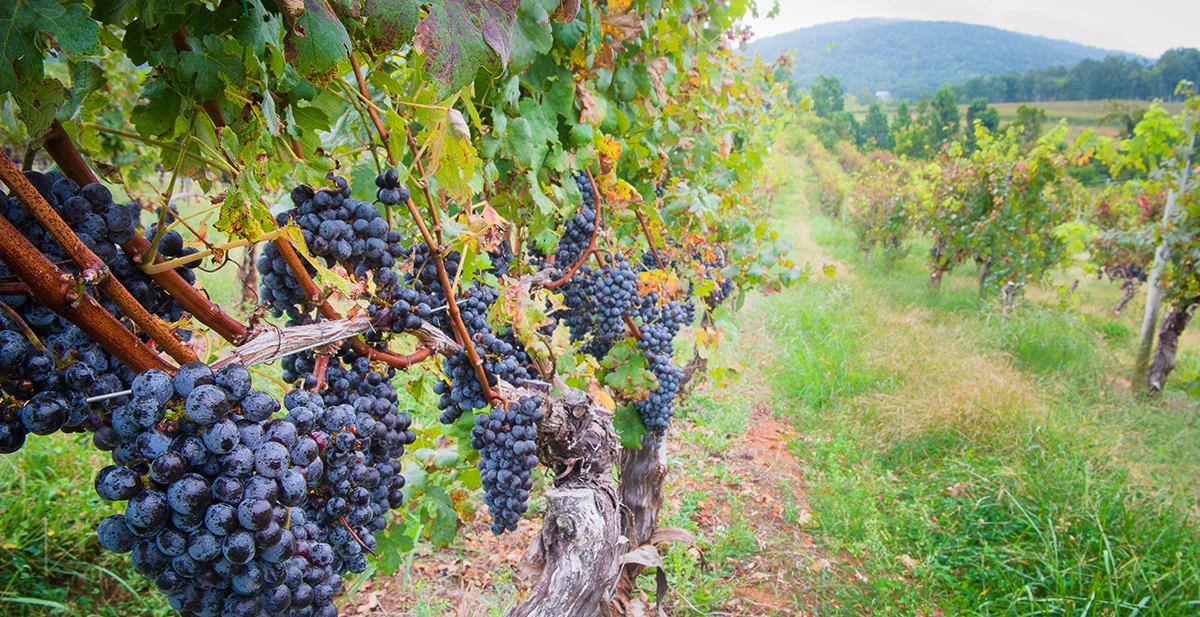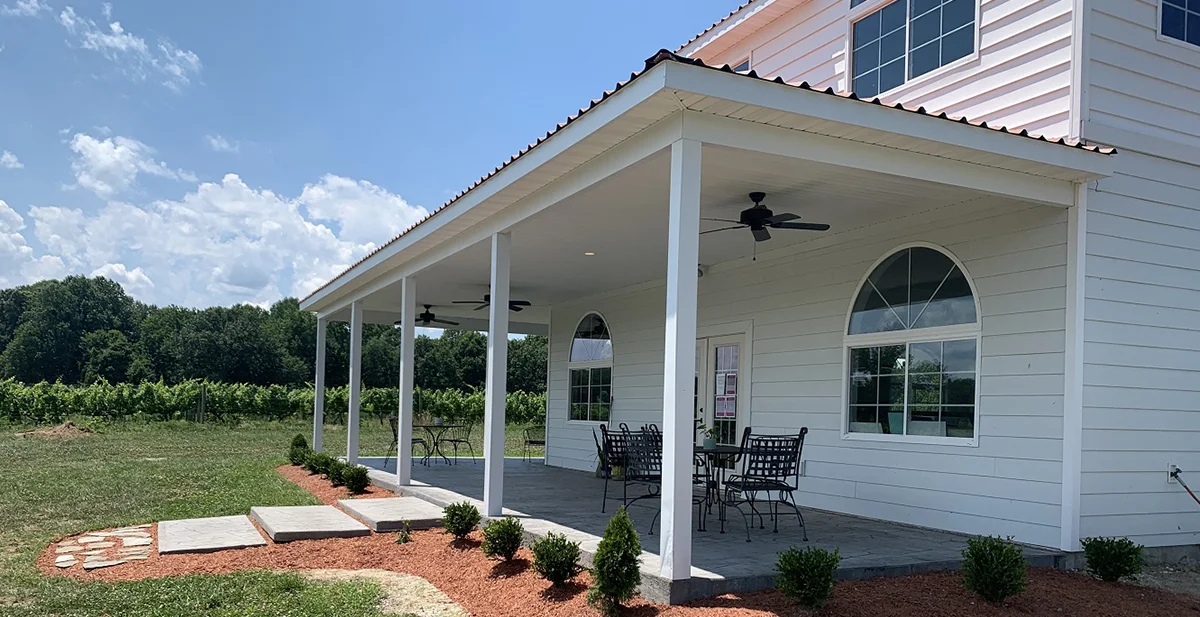
home / virginia real estate / farms / virginia farm buying guide / farm fencing in virginia
Farm Fencing in Virginia
A farmer, or a farmer to be, seldom escape the need for fences. The rolling hillsides of Virginia are sectioned by farm owners to both “fence in,” and “fence out” as the need arises. When purchasing a farm, it essential to use a professional farm realtor who can incorporate the knowledge of the type of farming you want to do with the type of fencing a property already has, or would be able to have installed.
The farmers of Virginia have a wide variety of choices when it comes to controlling animal’s egress and access to the farm property.
The fence procuring farmer has many parameters to consider. The largest factors are:
- The Legality
- Obtaining Permits
- The Appearance
- The Cost
The Legality
The land of Jefferson decrees that the local governments dictate fencing responsibilities and regulations. This arrangement, and the use of different source documents has led to an interesting dichotomy.
There are fundamentally two versions of fencing regulations in Virginia, “fence in,” and “fence out.” The 17th century English Common Law lays the responsibility of constraining the farm’s animals on the farm upon the farm owner. The localities that utilize this approach are called “fence in” counties.
This is the opposite of the approach of the counties following the 18th century Virginia General Law, who are conversely called “fence out” counties. Under the Virginia General law, a given farm is tasked with keeping other’s animals off of the farm.
And while liability for loose animals causing an auto accident is clear, if you are raising tasty vegetation, and the local farm’s herd of goats eats it, when it comes to compensation, the law will not be on your side.
When it comes to the embodiment of a properties legal description, the location of a fence often resides directly on the property lines. This is the recommended location of your perimeter fence.
For the most part, heights and style are mostly up to the owner or farmer to suit his or her agricultural and or aesthetic needs.
Obtaining Permits
As with any property improvement, the addition of a fence, particularly a perimeter fence, needs to be built with the blessing of the local zoning boards.
The zoning boards want to have a say in the location of the fence relative to drainage and appearance relative to community standards. Local zoning officials will also want to ensure the construction processes and protect community property values.
To obtain your permit, you will need to check with your local zoning board to determine which agency if not the zoning board issues such permits. Generally, a plot plan with accurate plot dimensions, usually any residence or outbuildings and showing the location of the fence and will be required. There generally is a modest fee for the permit.
The Appearance
Fences come in all shapes and sizes. There is the efficiency of the standard stock fence, a fence woven of heavier gauge wire capable of containing horse or cattle. This fence has been the standard for decades. Hung from corner braced timbers with pounded metal poles in between, the fence is stout and able to withstand the abuse the heavier livestock impose upon it.
The Kentucky Horse fence is a standard everywhere Horse Country exists. As the horizontal boards cross the frequent wood posts, the beautiful white painted fence follows the contours of the Virginia hillsides and define the paddocks of the horse farm, often with alleys that allow for tractor traffic and to keep the horses away from each other by more than a common fence.
Sometimes the pastures occupying the low mountains of Virginia are too rocky to allow the posts to extend to the frost line, the point at which the ground ceases to freeze. And so an above grade fence has to be erected. Virginia Stack Rail Fencing accomplishes this by creating fence “standards” that can sit on the hard earth and hold 3 to 4 rails.
The fence tends to zig-zag a little, which only adds to it’s rigidity and it’s beauty.
Electrical fences offer amazing value. Usually, they are strung from tractor driven wood post to tractor driven wood post. A high tensile conductive wire is run at 2 or 4 or more strands at which point they are electrified. Nothing will want to touch it. High tensile steel electrical fences are not much to look at but the cost is a thing of beauty.
The Cost
As with any venture of a capitalist nature, a farm fence can be a major expense, and so should be factored into any return on investment analysis. Basic fences can be installed for as little as a $1.50 a linear foot, with a woven fence coming in around $3.00 per linear foot.
Money can be saved by furnishing the labor yourself. And of course, more can be spent by building the more elaborate wood fences mentioned above and other increasingly beautiful fences.
Life is about boundaries. Boundaries create safe places for your assets by keeping them close and preventing any damage from befalling them. Find your farm in Virginia, and erect a border that is both appealing and secure.


















